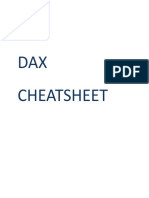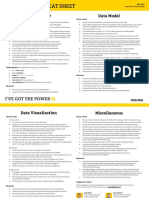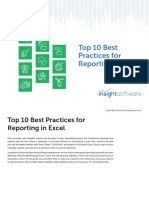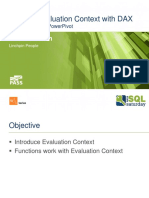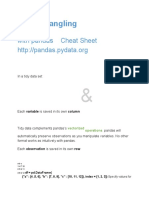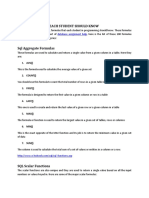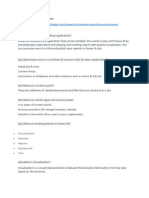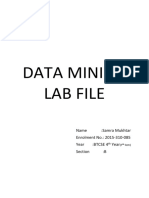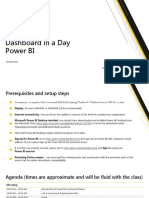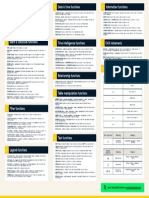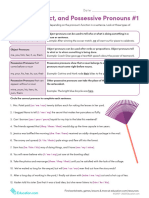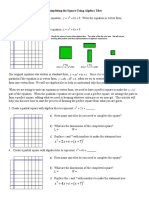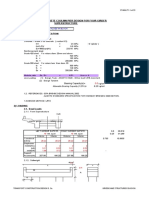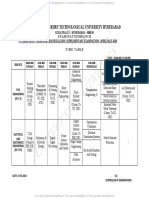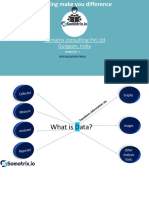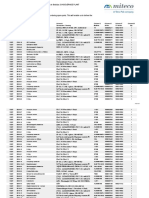0% found this document useful (0 votes)
152 views14 pagesEssential DAX Functions for Power BI Users
This document provides a summary of many common and useful DAX functions organized into categories like math, filtering, logical operations, dates, text manipulation, and more. It includes brief descriptions of functions like SUM, FILTER, IF, DATE, CONCATENATE, and others to perform calculations, filter context, conditional logic, date math, and text formatting in Power BI. Examples are given to illustrate how each function can be used to summarize and analyze data.
Uploaded by
Fillipe TahimCopyright
© © All Rights Reserved
We take content rights seriously. If you suspect this is your content, claim it here.
Available Formats
Download as DOCX, PDF, TXT or read online on Scribd
0% found this document useful (0 votes)
152 views14 pagesEssential DAX Functions for Power BI Users
This document provides a summary of many common and useful DAX functions organized into categories like math, filtering, logical operations, dates, text manipulation, and more. It includes brief descriptions of functions like SUM, FILTER, IF, DATE, CONCATENATE, and others to perform calculations, filter context, conditional logic, date math, and text formatting in Power BI. Examples are given to illustrate how each function can be used to summarize and analyze data.
Uploaded by
Fillipe TahimCopyright
© © All Rights Reserved
We take content rights seriously. If you suspect this is your content, claim it here.
Available Formats
Download as DOCX, PDF, TXT or read online on Scribd
/ 14
